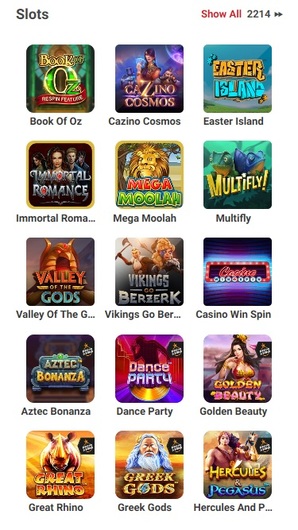Embracing Fortune The Story of My Lucky Star

Embracing Fortune: The Story of My Lucky Star
In the vast cosmos, among the myriad of stars, there exists a notion that certain stars shine brighter than others. For many, the concept of a “lucky star” represents not just a celestial body, but a guiding light in times of need. Throughout history, cultures have celebrated the idea of a my lucky star my lucky star, a source of inspiration and hope. In this article, we explore the origins of this idea, its manifestations in different cultures, and how it impacts our lives today.
The Origins of the Lucky Star
The phrase “lucky star” can be traced back to ancient civilizations that looked to the heavens for guidance and understanding. The Babylonians were among the first to document astrological movements, believing that the positions of celestial bodies could influence their lives. They associated particular stars with deities and events on Earth, contemplating whether these stars bestowed luck or misfortune.
In ancient Greece, the philosopher Ptolemy suggested that the stars had a direct influence on human affairs. He theorized that certain stars were more auspicious than others, leading to the prevailing belief that individuals could be born under a lucky star, meaning they would enjoy good fortune throughout their lives. This idea evolved over centuries and became ingrained in various cultures around the world.

Cultural Interpretations of Lucky Stars
Across different cultures, the concept of lucky stars takes on distinct forms and meanings. In Chinese culture, for instance, the concept of fate is closely tied to the stars. People often look to astrology and their specific Chinese zodiac signs to determine their luck. The five elements theory also plays a significant role, where the balance of elements can bring good fortune—a way of harmonizing one’s destiny with the cosmic forces represented by stars.
In Indian astrology, or Jyotish, there is a similar reverence for celestial bodies. Astrologers interpret the positions of stars at the time of a person’s birth to predict their life’s trajectory. The idea of a “lucky star” can manifest as the guiding force behind a person’s success and overall happiness in life.
My Lucky Star in Modern Culture
In modern culture, the idea of a lucky star has transcended its celestial origins and found its way into popular media. Films, songs, and literature often reference lucky stars, encapsulating the hope and positivity associated with them. For example, the classic song “When You Wish Upon a Star” suggests that dreams come true when one believes and wishes upon their lucky star. This simple notion embodies the trust we place in fate and the unknown, wrapping us in a comforting embrace of hope.
Aside from its mention in creative works, the idea of a lucky star has become a source of personal motivation. Many individuals adopt personal symbols or affirmations associated with their lucky star, using them as reminders to remain hopeful and driven in their pursuits. Whether it’s a specific star, gemstone, or mantra, the concept of a lucky star encourages people to manifest their dreams through belief and perseverance.

Finding Your Lucky Star
Finding your lucky star can be a deeply personal journey. Many people embark on this quest through reflection and self-discovery. Here are some steps to help identify and embrace your lucky star:
- Reflect on Personal Thresholds: Consider times in your life when you felt particularly fortunate or at ease. What circumstances surrounded those moments? Identifying these can help illuminate your own interpretation of luck and fortune.
- Engage with Astrology: Whether through an astrologer or by exploring your natal chart, understanding the stars’ positions at your birth can provide insight into your personal lucky stars.
- Create Your Symbol: If a star resonates with you more than others, consider adopting it as your own. You can draw it, wear it as jewelry, or simply keep it in your thoughts as a reminder of your guiding light.
- Set Intentions: Think of specific goals you would like to achieve, connecting them to your lucky star. Creating intentions allows you to actively engage with the notion of luck.
- Practice Gratitude: Recognizing the blessings in your life can amplify your connection to your lucky star. Gratitude can often lead to more favorable outcomes—an affirmation that you are aligned with your own fortune.
Conclusion: The Power of Belief
Ultimately, the concept of “my lucky star” embodies a feeling of hope and guidance. It serves as a reminder that the cosmos can inspire us to believe in ourselves and the possibilities of our lives. As we navigate the complexities of existence, the notion of a lucky star encourages us to connect with something greater than ourselves, imbuing our journeys with purpose and motivation.
In a world where uncertainty is ever-present, the belief in a lucky star can provide comfort. It reminds us to look for the light in dark times and remain open to the fortunes that accompany our dreams. Whether real or imagined, our lucky stars continue to illuminate paths filled with opportunity and joy.
